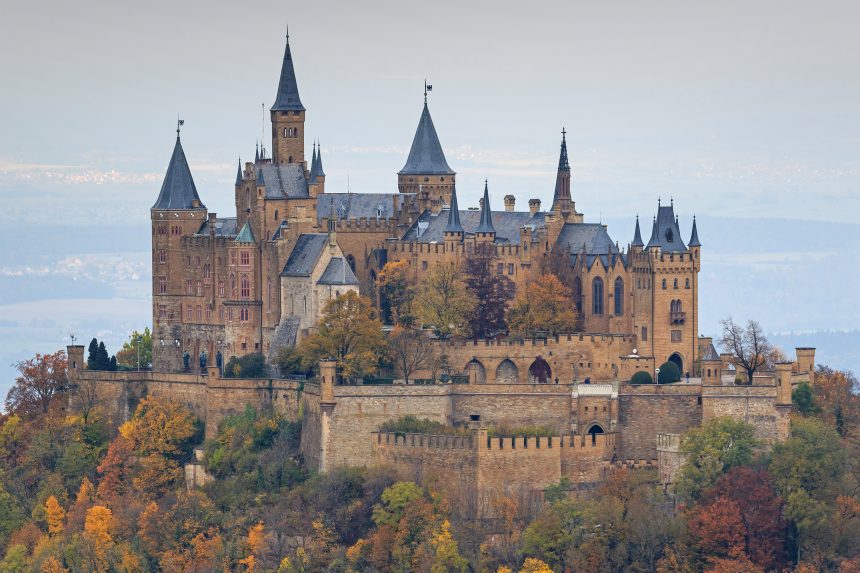Your mouth shuts at the sheer enormity of one of the top ten castles in the world. These are monuments of stone and history that, in the nicest conceivable sense, make you feel little. They are not only buildings. The way people centuries ago built such large sites, dragging stones and designing walls capable of withstanding anything, always captivated me.
Every castle has unique character molded by kings, queens, knights, and the wild times they experienced. Consider Prague Castle, which seems to be a city unto itself with ever extending courtyards.
Alternatively Windsor Castle, where one can practically hear royal footsteps from a thousand years past. Then there sits there all tough and proud the Castle of the Knights of St. John. From Europe’s former stomping grounds to Asia’s magnificent palaces, these locations span the globe and are all quite distinct yet equally amazing. I enjoy seeing the minute elements: turrets reaching the heavens, squeaky drawbridges, and huge halls where major decisions were taken. They are stories frozen in time rather than merely ancient piles of stone. These castles beckon your name whether your interests are in history or simply want a great experience.
The Top Ten Biggest Castles In The World
10. Hohenzollern Castle, Germany
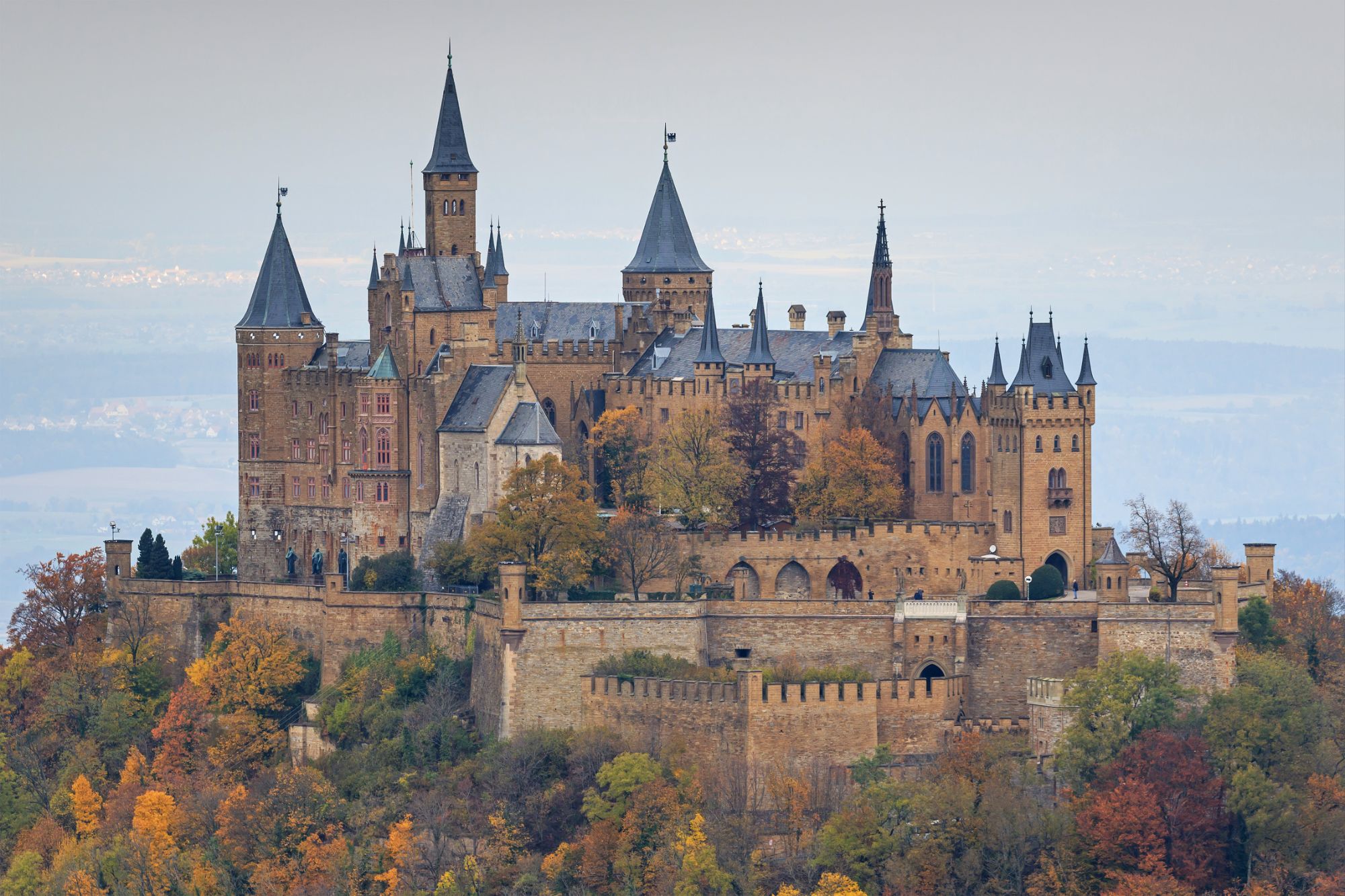
Built by King Frederick William IV of Prussia, Hohenzollern Castle, in Baden-Wuerttemberg, Germany, is a 19th-century neo-Gothic mansion. Perched at 855 meters on Mount Hohenzollern, it provides sweeping views of the Swabian Alps. Originally erected in the 11th century, it was destroyed and rebuilt several times; the present construction reflects its historical function as the ancestral residence of the Hohenzollern family, leaders of Prussia and then Germany until World War I. Covering 6,600 square meters, the castle is a major cultural site with a chapel and museum displaying the history of the dynasty.
9. Hluboká Castle, Czech Republic
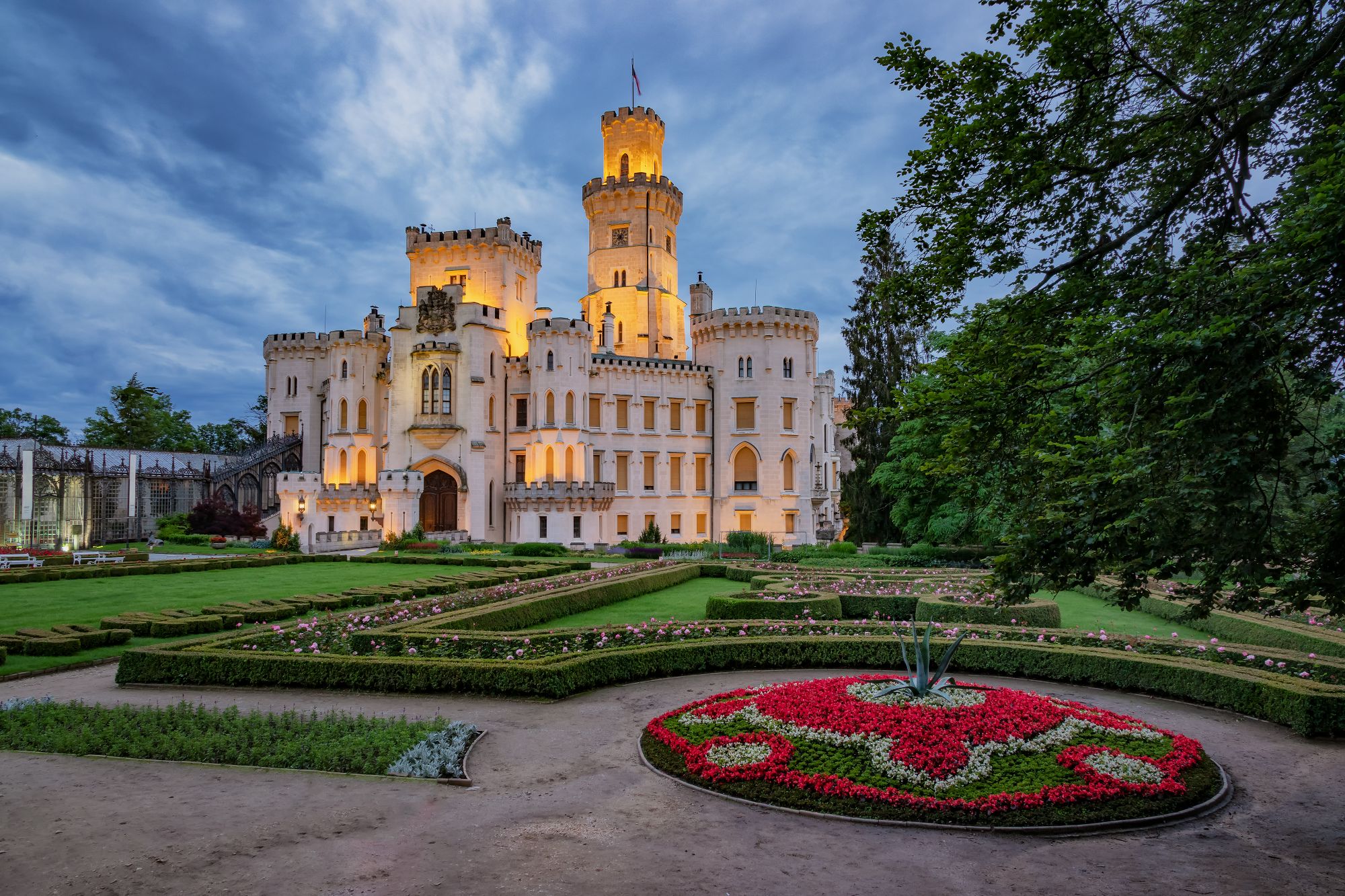
Originally built as a Renaissance fortress in the 16th century, Hluboká fortress in Hluboká nad Vltavou, South Bohemia, Czech Republic, was changed under Prince Johann von Schwarzenberg into a Neo-Gothic style mansion in the middle of the 19th century. Renowned for its large gardens—which include an English park and a French garden—it boasts a significant art collection including pieces by Rembrandt and Rubens. Covering 11,000 square meters, this well-liked tourist destination offers guided tours examining its lavish interiors and historical importance.
8. Château de Chambord, France
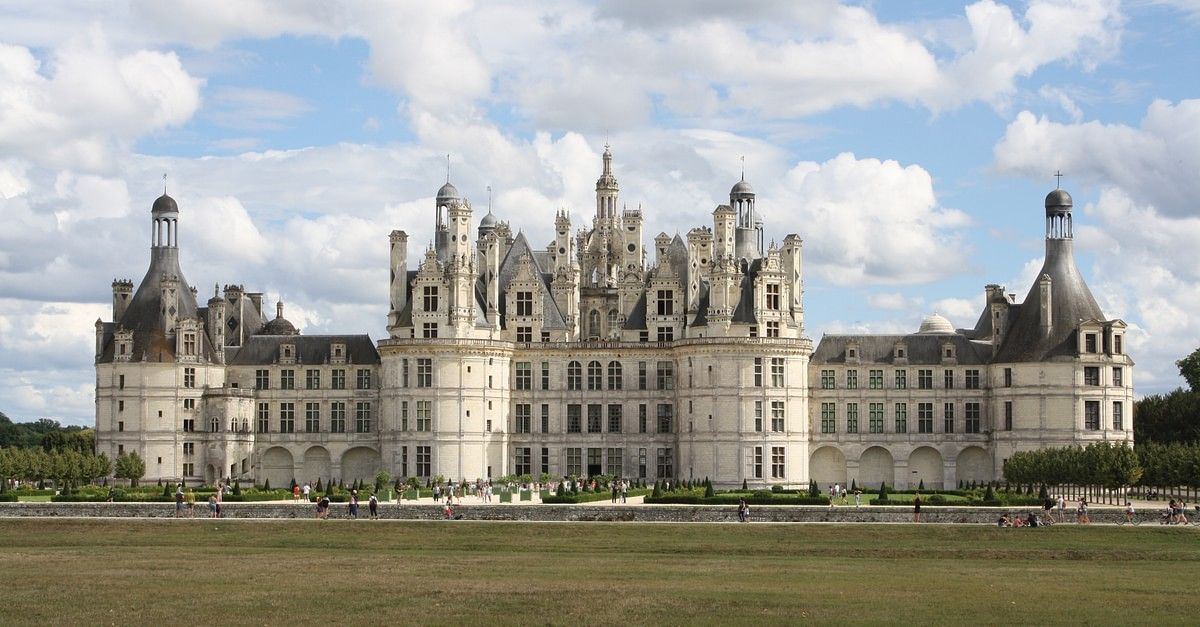
Built by King Francis I in the early 16th century as a hunting lodge, Château de Chambord, in the Loire Valley, France, is a master example of Renaissance architecture. Surrounded by large forests and gardens, this famous for its double spiral staircase and over 365 chimneys spans 12,000 square meters. Apart from a historical monument, it is a cultural center presenting activities that provide guests with a window into French royal past and architectural magnificence.
7. Alcazar of Segovia, Spain
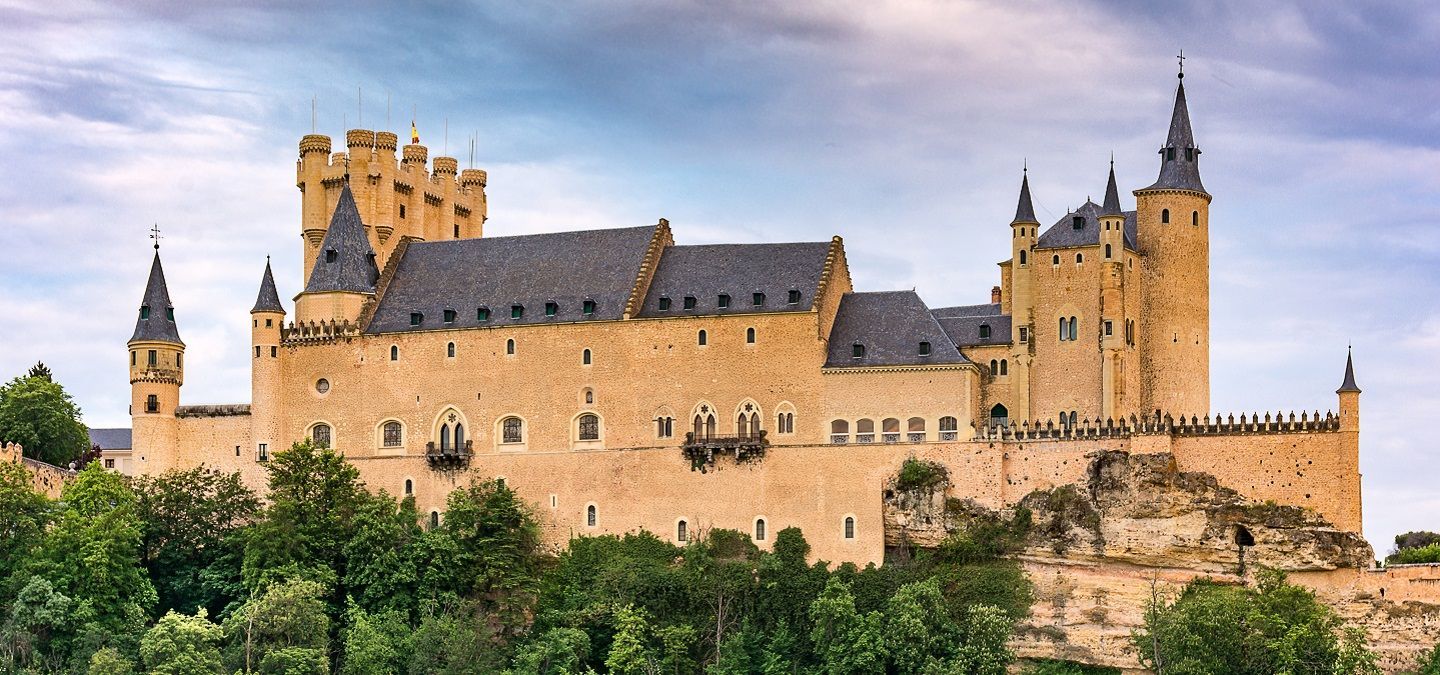
Built on a site of Roman fortification in the 12th century, the medieval castle known as the Alcazar of Segovia, in Segovia, Spain, Featuring a blend of Moorish and Christian architectural elements including the keep tower and Hall of Kings, it functioned as a royal palace for Spanish kings and queens. Now home to a museum with historical relics, its unique form and cliffside position make it a photographed monument. Covering 23,000 square meters, it is also renowned for influencing Cinderella’s castle in Disney movies, hence imbues a fairytale appeal.
6. Hohensalburg Castle in Germany
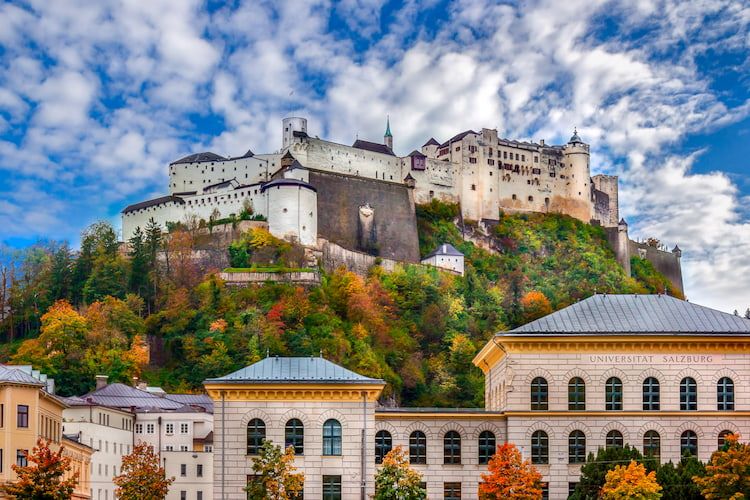
Built to defend Salzburg, Germany, Hohensalburg Castle first dates back to the 11th century and grew throughout time. Covering 25,000 square meters and featuring the prince’s rooms, Golden Hall, and a church, this one of Europe’s biggest fortified castles Offering tourists rampart walkways and views of the surrounding environment, so symbolizing the medieval legacy of Salzburg, it holds a museum with objects connected to its past.
5. Edinburgh Castle, Scottish land
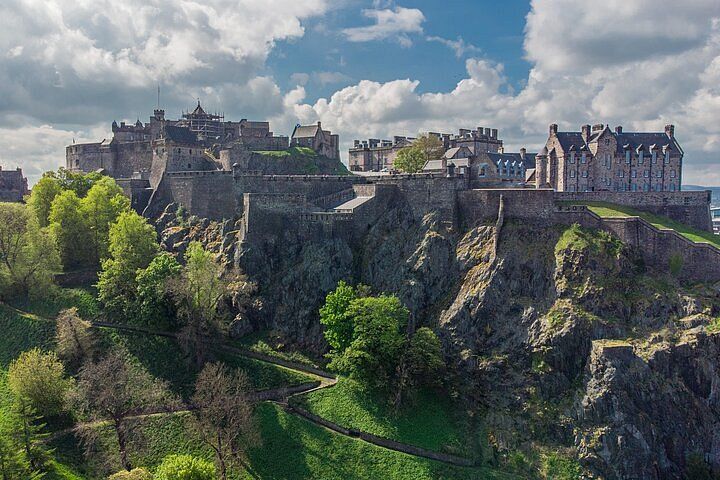
Established in the 12th century and located on Castle Rock in Edinburgh, Scotland, Edinburgh Castle reflects its strategic significance by having been besieged several times. Covering 38,600 square meters, it has the One O’clock Gun, fired daily (except Sundays) and holds the Crown Jewels of Scotland, the Stone of Destiny. Attracting many people yearly, it is a major site for Scottish history and culture since its architecture combines medieval to Georgian forms.
4. Japanese Himeji Castle
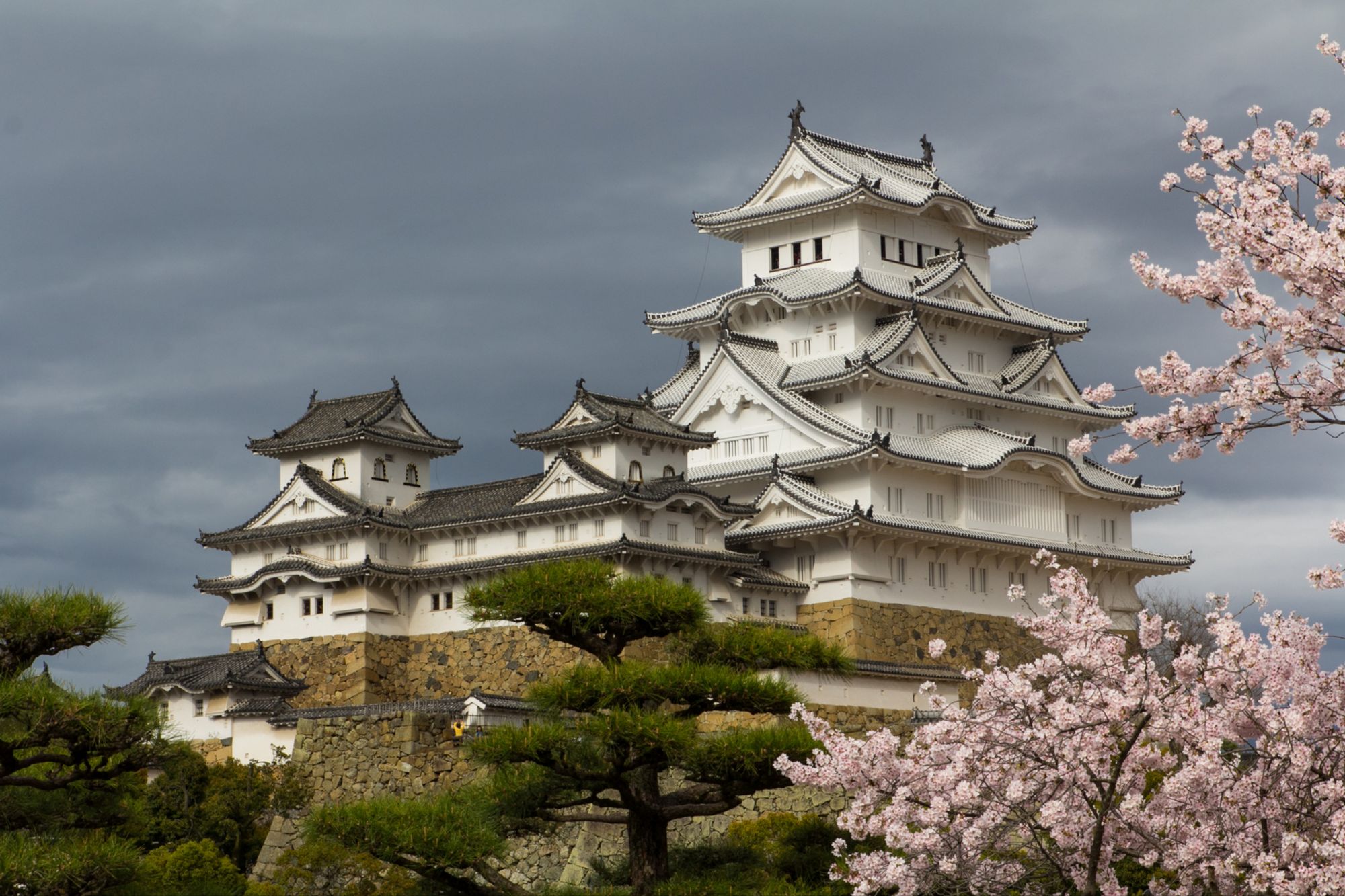
Built in Himeji City, Japan, during the 17th century, Himeji Castle—also known as White Heron Castle for its white façade—is situated Covering 41,468 square meters and featuring several structures surrounded by moats and defensive walls, this well-preserved sample of Japanese castle architecture is Since 1993, this UNESCO World Heritage Site—noted for its complex wooden carvings and gardens—offers insights into Japan’s feudal past and draws visitors from all around.
3. Aleppo, Syria’s Citadel
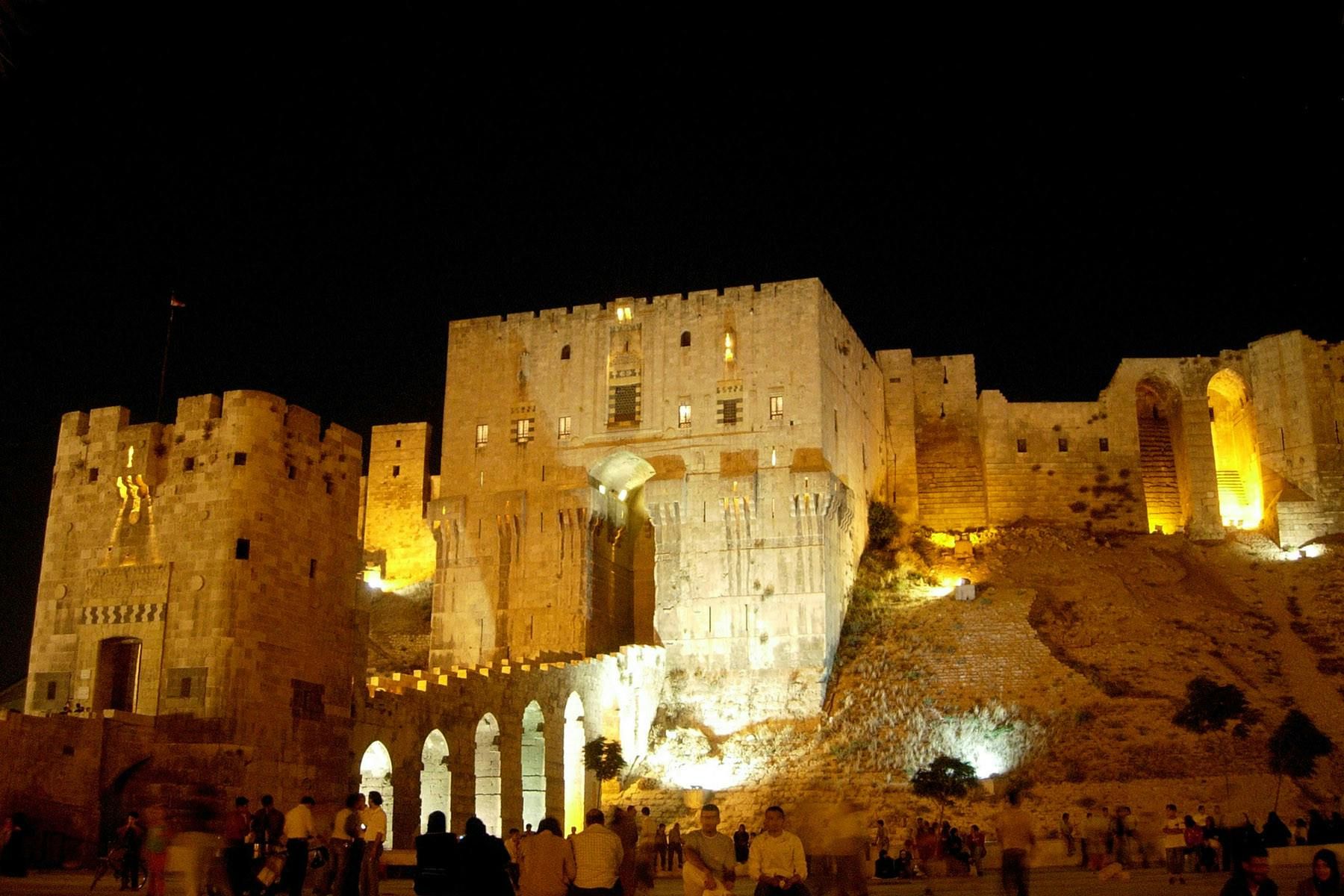
Having history going back to the third millennium BC, the Citadel of Aleppo is among the oldest fortresses in the world located in Aleppo, Syria. Constructed atop a hill, it boasts a 70,000 square meter sophisticated wall, tower, and gate system. Under the influence of Greek, Roman, and Ottoman civilizations, this UNESCO World Heritage Site is occupied; although recent wars have inflicted damage, restoration projects are under continuous progress to maintain its historical value.
2. Castle Prague, Czech Republic
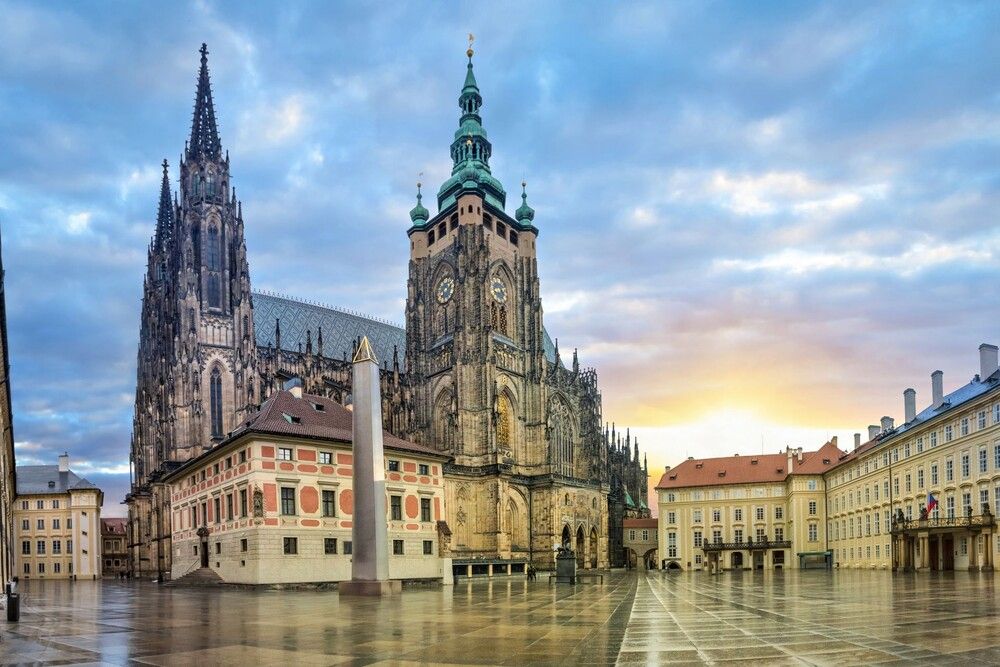
Rising to 72,800 square meters and having roots in the 9th century, Prague Castle is among the biggest castle complexes in the world located in Prague, Czech Republic. Features St. Vitus Cathedral and the Old Royal Palace, it has been a seat of power for Bohemian rulers and Czech presidents. Attracting millions of visitors every year, this cultural gem in Europe combines architectural styles with historical significance.
1. Malbork Castle: Poland
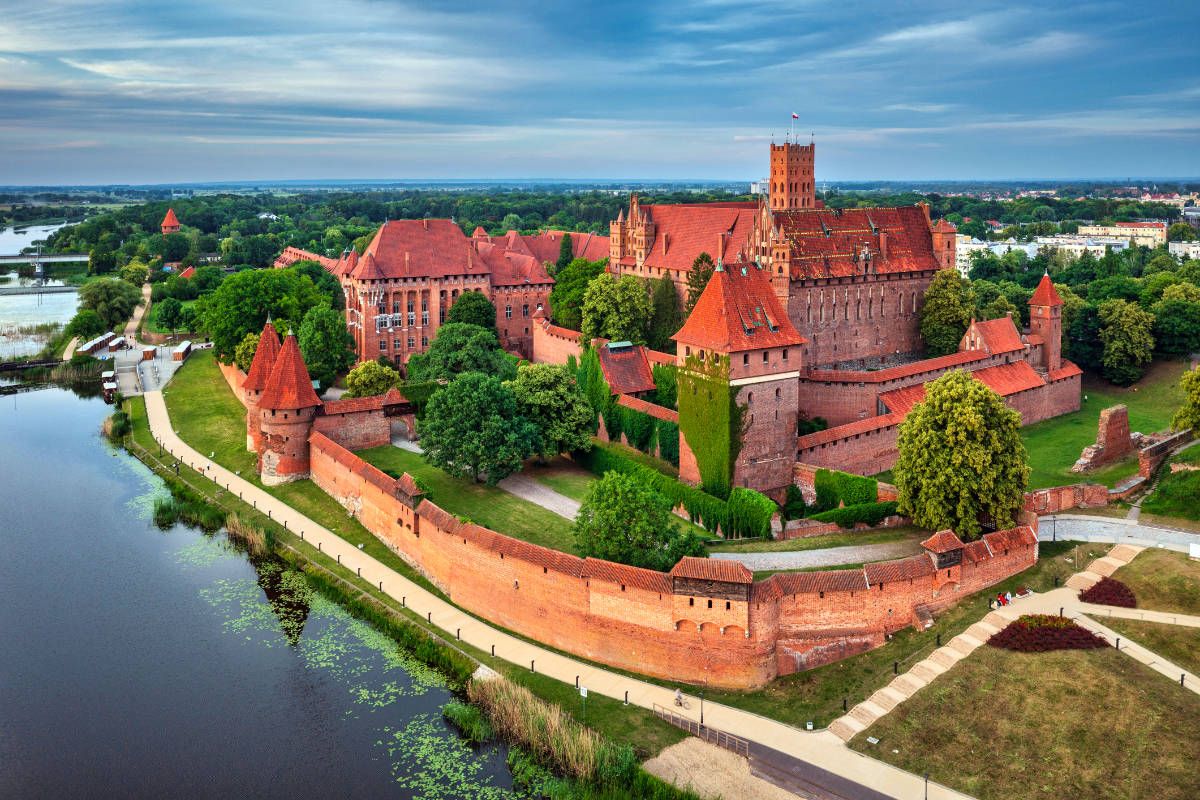
Built in the 13th century by the Teutonic Knights as their headquarters, Malbork Castle, in Malbork, Poland, is the biggest castle by land area at 210,424 square meters. Later utilized by Polish kings, it is a UNESCO World Heritage Site with three distinct castles (Lower, Middle, High). Housing a museum filled with medieval relics, its grand scale and rich legacy make it a must-see for history buffs providing a close-up view of medieval European architecture.

